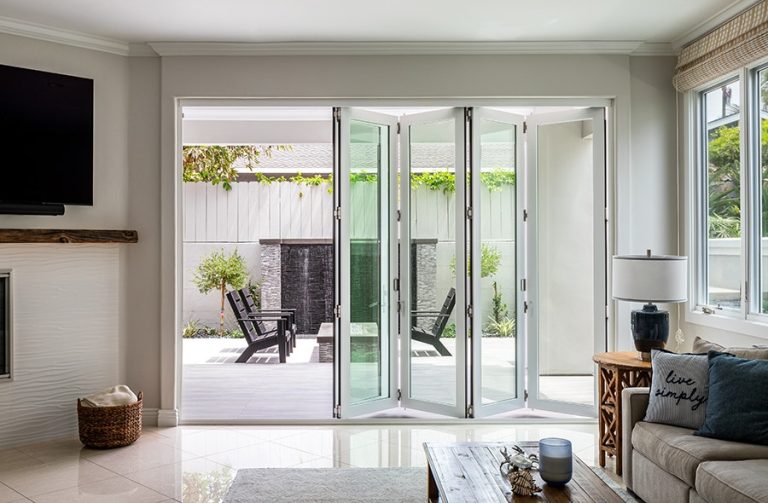
Garage door alignment involves ensuring that all the components of your garage door system are correctly positioned and oriented. This encompasses the tracks, rollers, springs, and other hardware collaborating to guarantee a smooth, safe, and effective operation. Misalignment of these components leads to various issues, including accelerated wear and tear and potential safety hazards.
Consequences of misalignment
- Excessive wear and tear – When your garage door is misaligned, its components are strained, forcing them to operate under increased stress when opening and closing. This results in accelerated wear and tear on the rollers, springs, and other moving elements, leading to more frequent maintenance needs and reducing the overall lifespan of your garage door system.
- Challenges with opening and closing – Misaligned garage doors frequently experience issues like sticking, binding, or producing unusual noises during operation. This not only causes inconvenience but also poses a safety risk, making it challenging to enter your garage or ensure the security of your home.
- Safety risks – Poorly aligned garage doors can pose a severe safety risk to you and your family. If the door is not balanced correctly, it may suddenly come crashing down, potentially causing injury or property damage. Misaligned doors fail to trigger the safety sensors designed to prevent the door from closing on people or objects.
- Decreased energy efficiency – When your garage door is not aligned correctly, it may not seal properly against the frame, allowing air to escape and making it harder for your home to maintain a comfortable temperature. This leads to increased energy bills and a less efficient HVAC system.
- Aesthetic issues – A misaligned garage door also detracts from the overall appearance of your home, potentially lowering its curb appeal and resale value.
Identifying alignment issues
- The door does not open or close smoothly, with sticking or binding points
- The door appears crooked or uneven when closed
- There are gaps or spaces between the door and the frame
- The door makes unusual noises, such as grinding or scraping sounds
- The door does not trigger the safety sensors properly
If you notice any of these issues, it’s essential to have a professional garage door repair service assess the problem and determine the best course of action.
Addressing alignment issues
1. Inspect the components – Carefully examine the various components of your garage door system, including the tracks, rollers, springs, and hinges. Look for any signs of wear, damage, or misalignment.
2. Adjust the tracks – The tracks are one of the most critical components of your garage door system, and they need to be correctly aligned to ensure smooth operation. You may need to adjust or replace the tracks if they are bent, crooked, or not level.
3. Lubricate the moving parts – Regularly lubricating the moving parts of your garage door, such as the rollers and hinges, helps prevent wear and tear and ensure smooth operation.
4. Balance the springs – The springs in your garage door system balance the weight of the door, making it simpler to open and close. If the springs are not correctly balanced, it leads to alignment issues.
If you are uncomfortable diagnosing and addressing alignment issues, it’s best to call in a professional garage door repair service. They have the expertise and tools to assess and correct alignment problems properly. For Ashburn Garage Door Repair check ashburngaragedoorsrepair.us.







